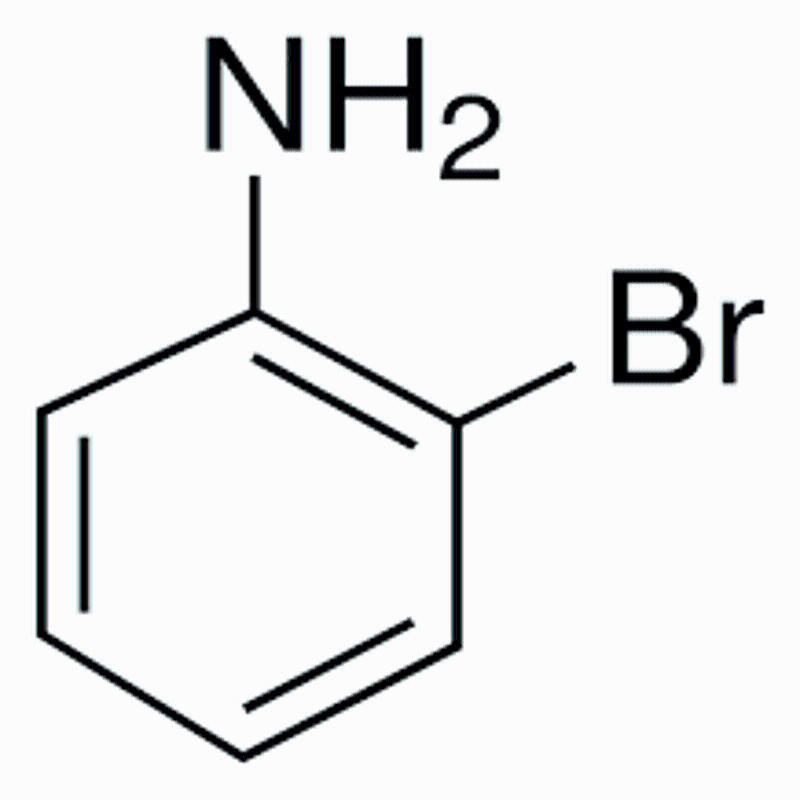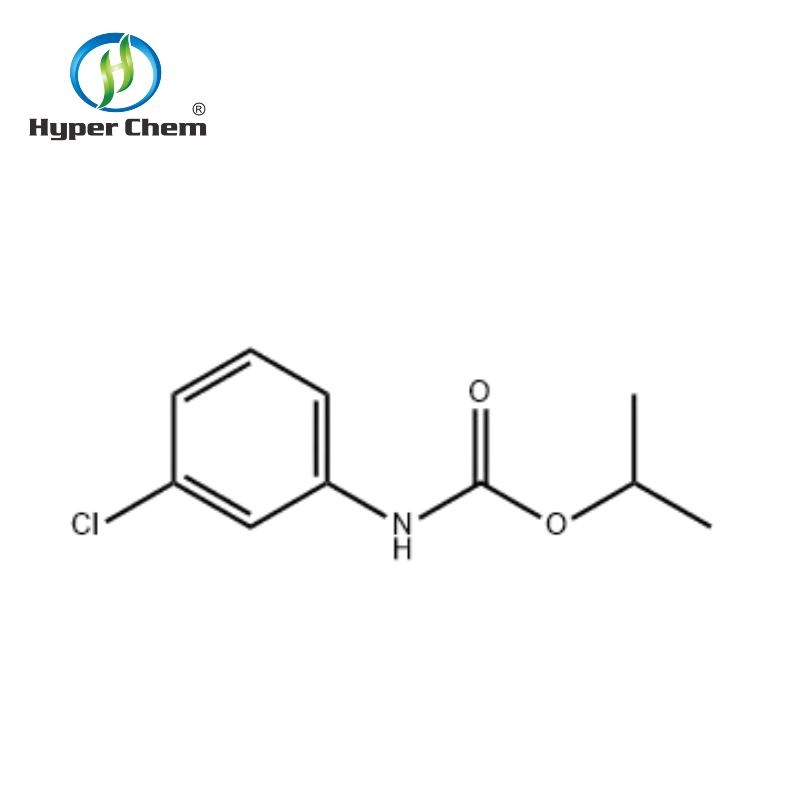-
Categories
-
Pharmaceutical Intermediates
-
Active Pharmaceutical Ingredients
-
Food Additives
- Industrial Coatings
- Agrochemicals
- Dyes and Pigments
- Surfactant
- Flavors and Fragrances
- Chemical Reagents
- Catalyst and Auxiliary
- Natural Products
- Inorganic Chemistry
-
Organic Chemistry
-
Biochemical Engineering
- Analytical Chemistry
-
Cosmetic Ingredient
- Water Treatment Chemical
-
Pharmaceutical Intermediates
Promotion
ECHEMI Mall
Wholesale
Weekly Price
Exhibition
News
-
Trade Service
Flumetsulam is a herbicide that is widely used in the agricultural industry to control weeds.
Its production process involves several steps, from the preparation of the raw materials to the final product.
In this article, we will take a closer look at the production process of flumetsulam and the various steps involved.
- Raw material preparation: The production of flumetsulam begins with the preparation of the raw materials.
The main raw material used in the production of flumetsulam is 2,4-dichlorophenoxyacetic acid (2,4-D).
This raw material is obtained by reacting sodium chlorate with phenol in the presence of a catalyst. - Hydrolysis: The next step in the production of flumetsulam involves hydrolysis, which involves the breakdown of the 2,4-D molecule into smaller molecules.
This process is carried out using hydrochloric acid, which converts 2,4-D to 2,4-dichlorophenol. - Chlorination: The 2,4-dichlorophenol obtained from hydrolysis is then chlorinated to form 2,4-dichlorophenoxyacetic acid (2,4-D).
This is done by reacting 2,4-dichlorophenol with hydrogen chloride in the presence of a catalyst. - Nitration: The next step in the production of flumetsulam involves nitration, which involves the conversion of 2,4-D to 2,4-dichloro-6-nitrophenol.
This is done by reacting 2,4-D with nitric acid and a catalyst. - Sulfonation: The 2,4-dichloro-6-nitrophenol obtained from nitration is then sulfonated to form flumetsulam.
This is done by reacting the 2,4-dichloro-6-nitrophenol with sulfuric acid and a catalyst. - Recrystallization: After the sulfonation reaction is complete, the flumetsulam is precipitated from the reaction mixture using a solvent.
The resulting solid is then recrystallized to remove any impurities and to obtain a pure form of flumetsulam. - Purification: The purified flumetsulam is then purified further to remove any remaining impurities.
This is done by dissolving the flumetsulam in a solvent and then filtering the solution to remove any solid impurities. - Granulation: The purified flumetsulam is then granulated to form small beads.
This is done to make the herbicide easier to handle and to increase its shelf life. - Filling and packaging: The final step in the production of flumetsulam involves filling and packaging the granules into containers.
This is done to prepare the flumetsulam for shipment and sale to agricultural companies and other customers.
In conclusion, the production of flumetsulam involves several steps, from the preparation of raw materials to the final packaging of the product.
Each step in the process is carefully planned and executed to ensure that the final product is of the highest quality and meets all necessary safety and efficacy standards.
The use of flumetsulam in agriculture has contributed to increased crop yields and reduced weed growth, making it an important tool for farmers and other agricultural professionals.







